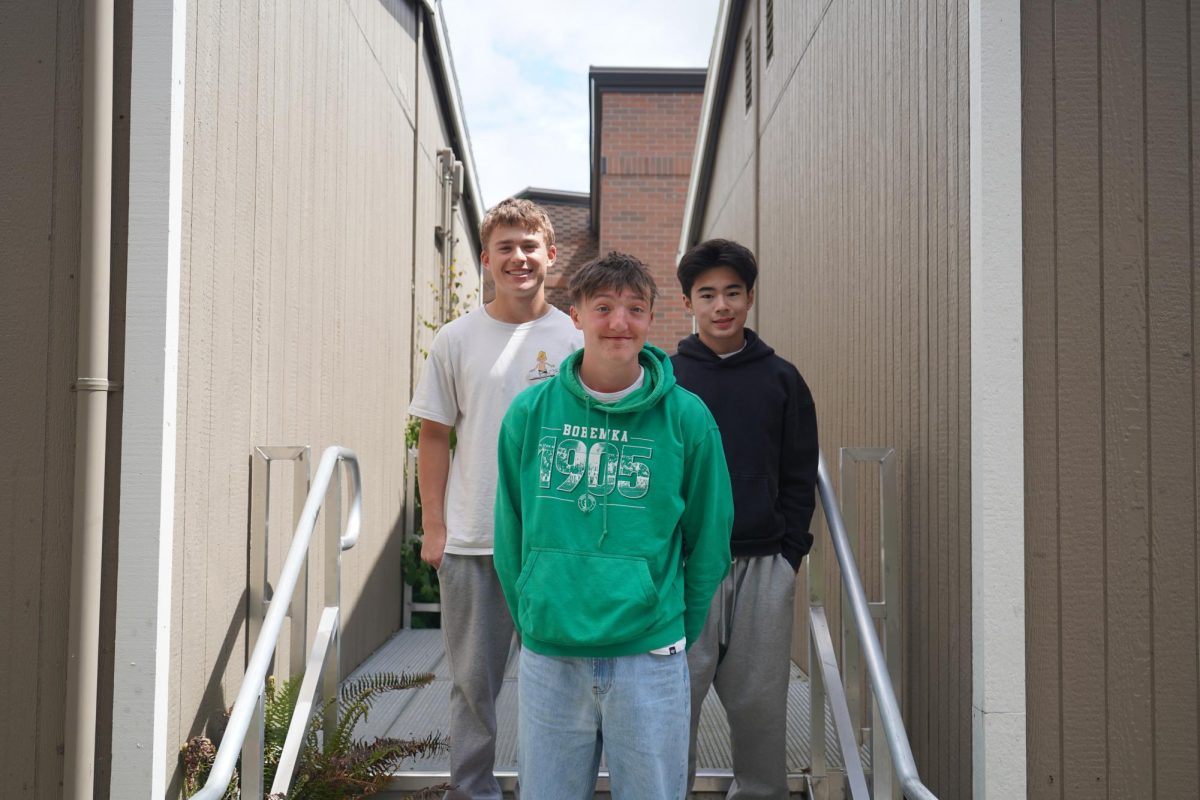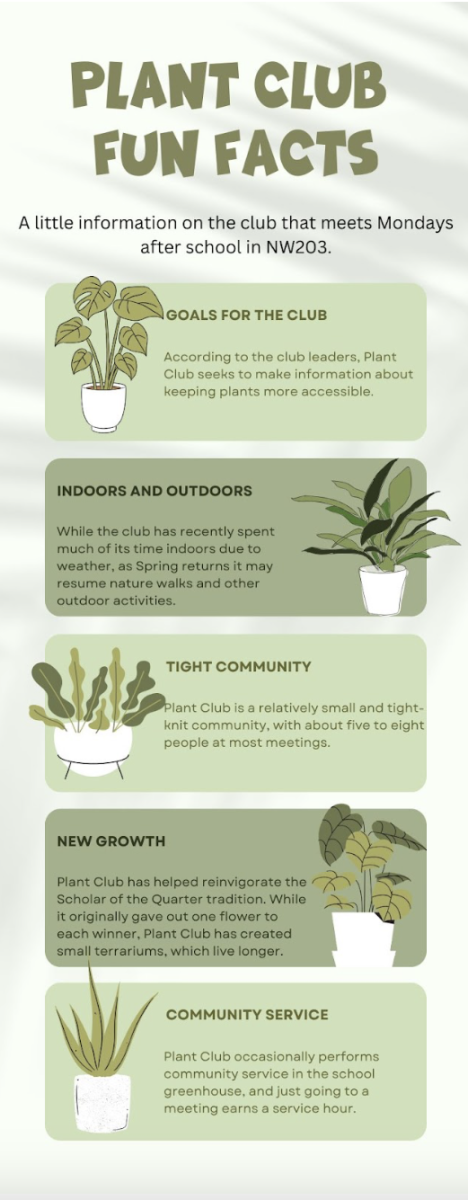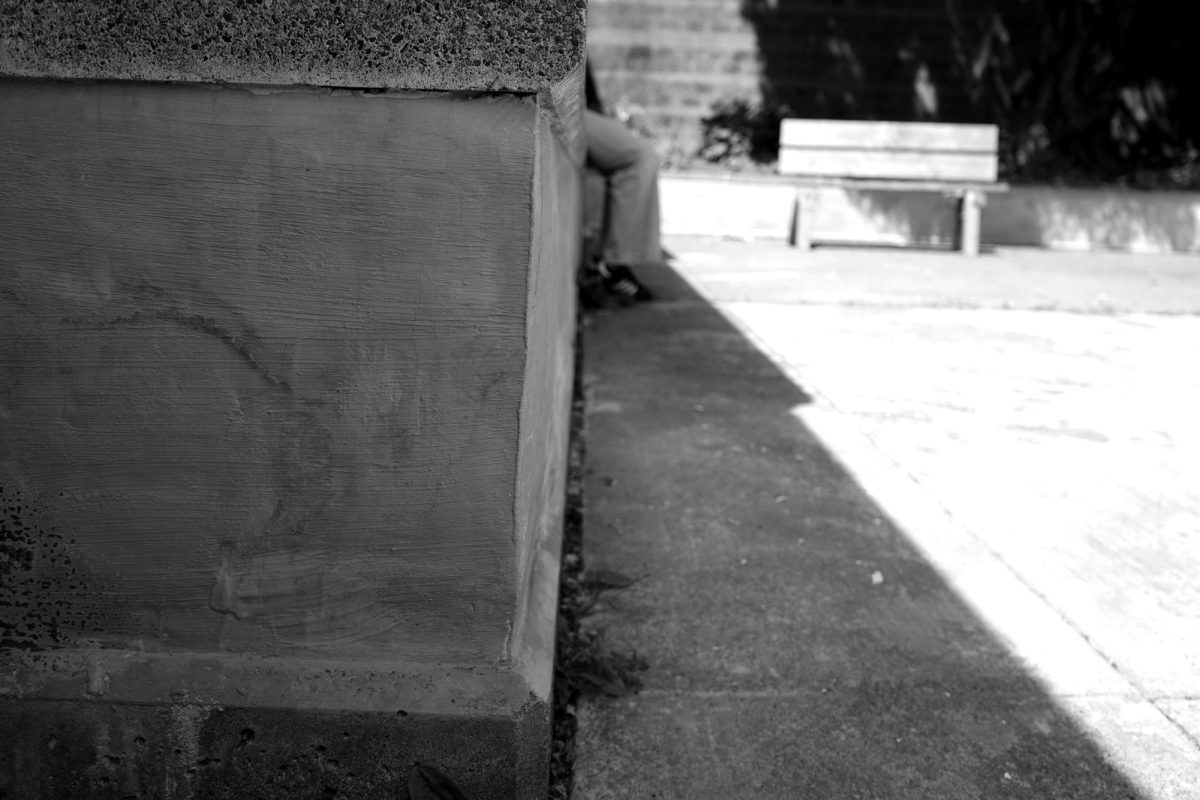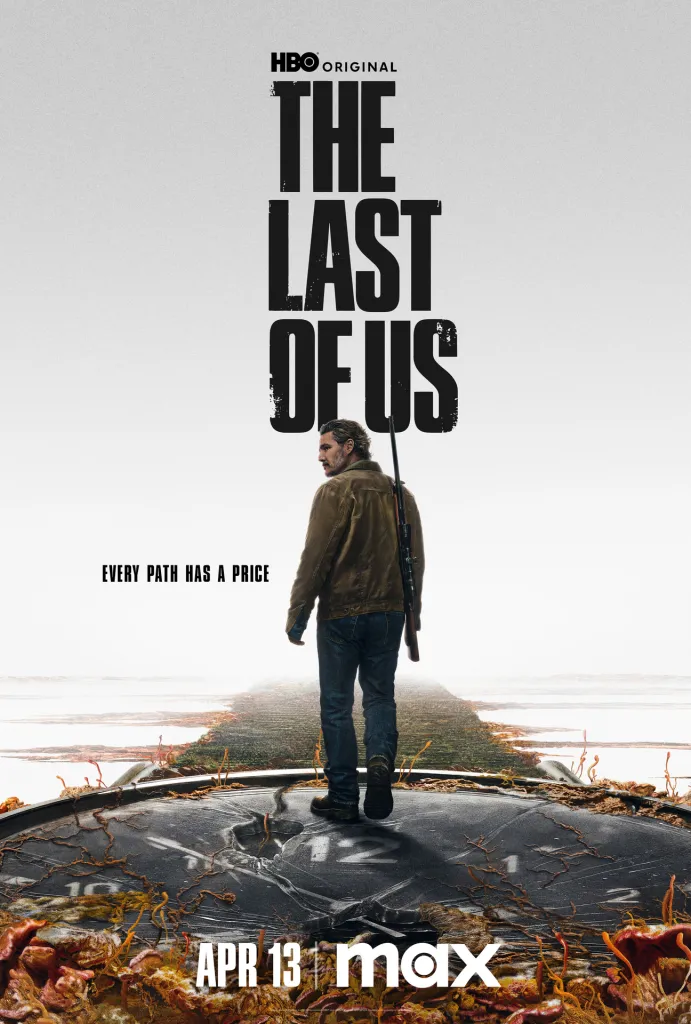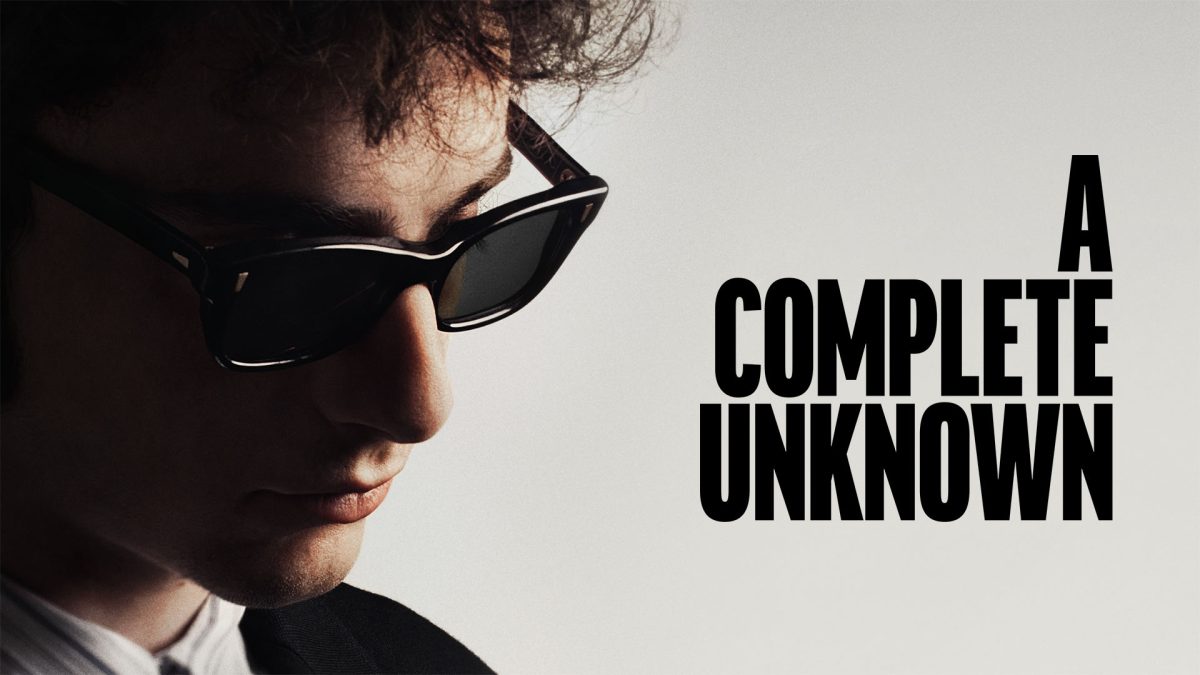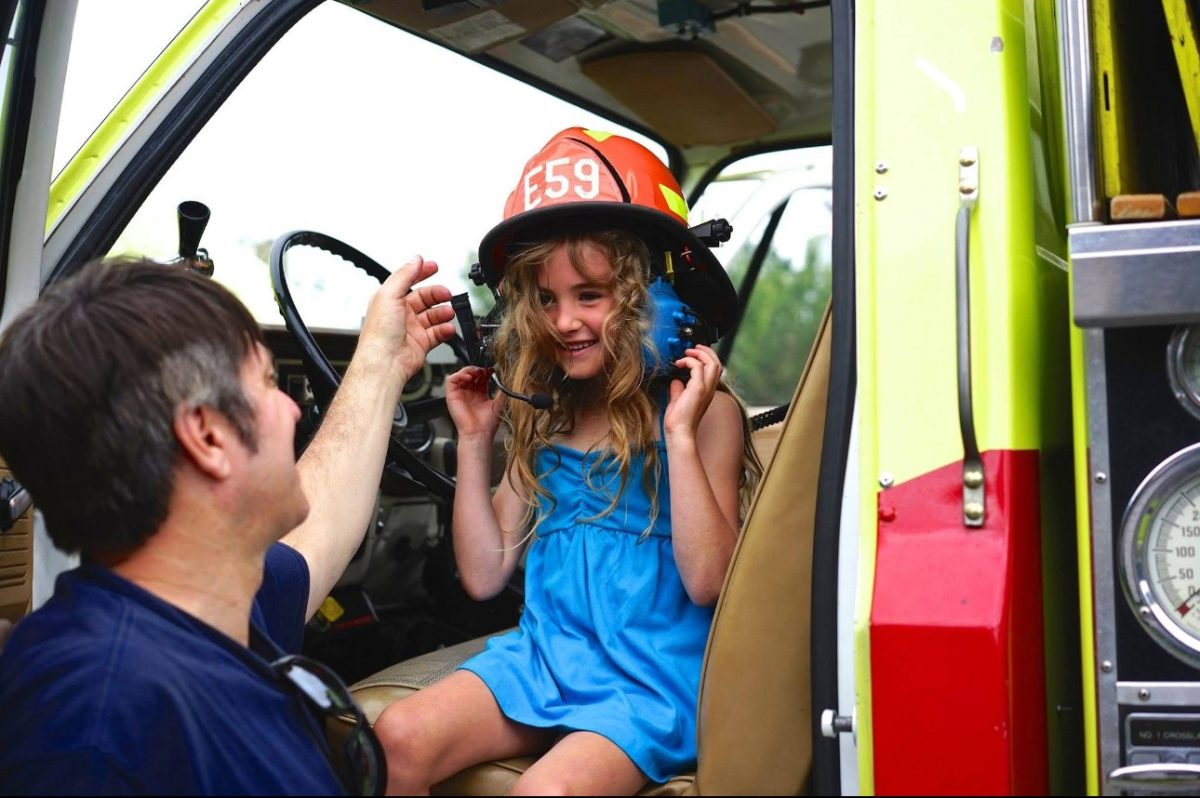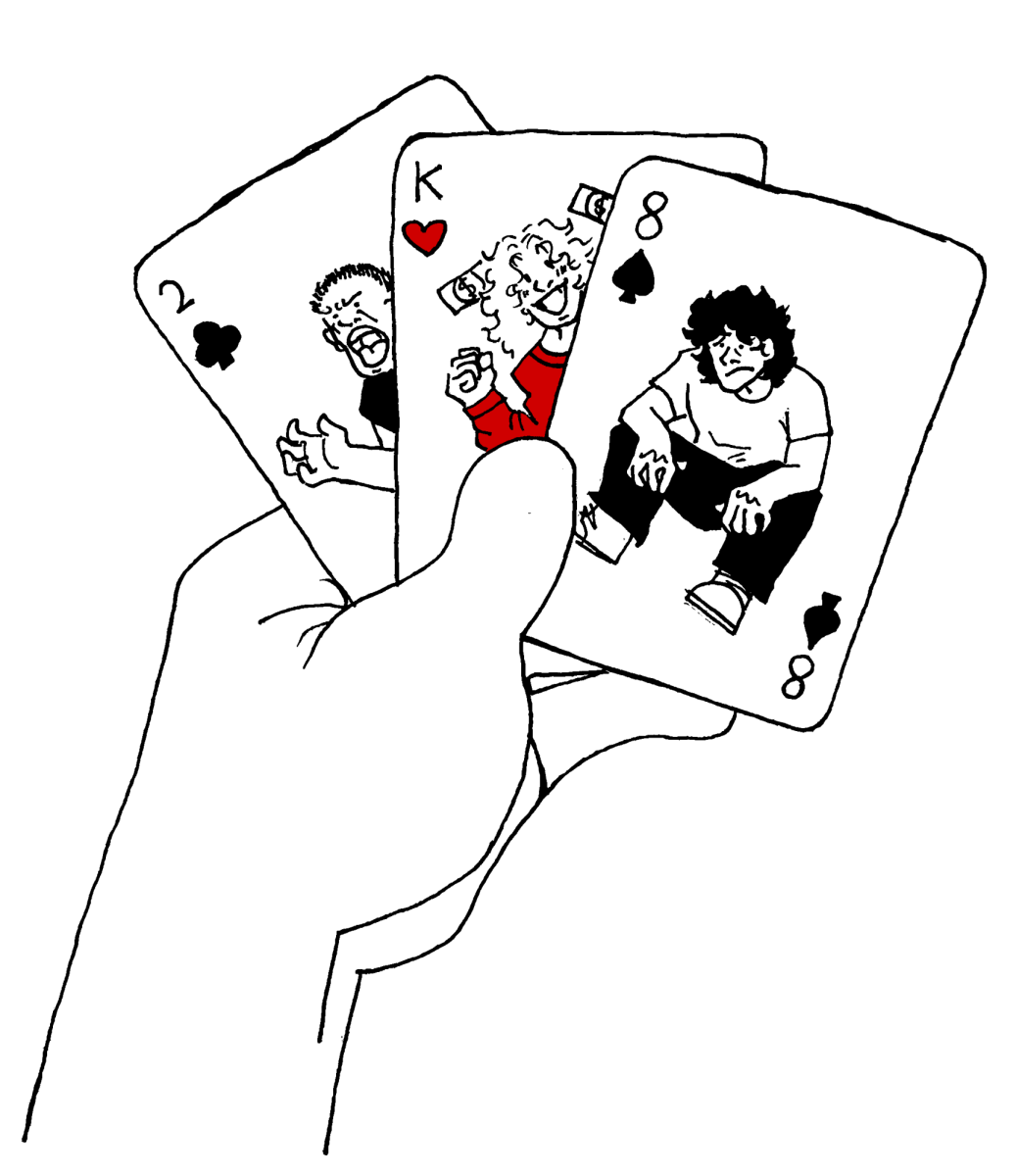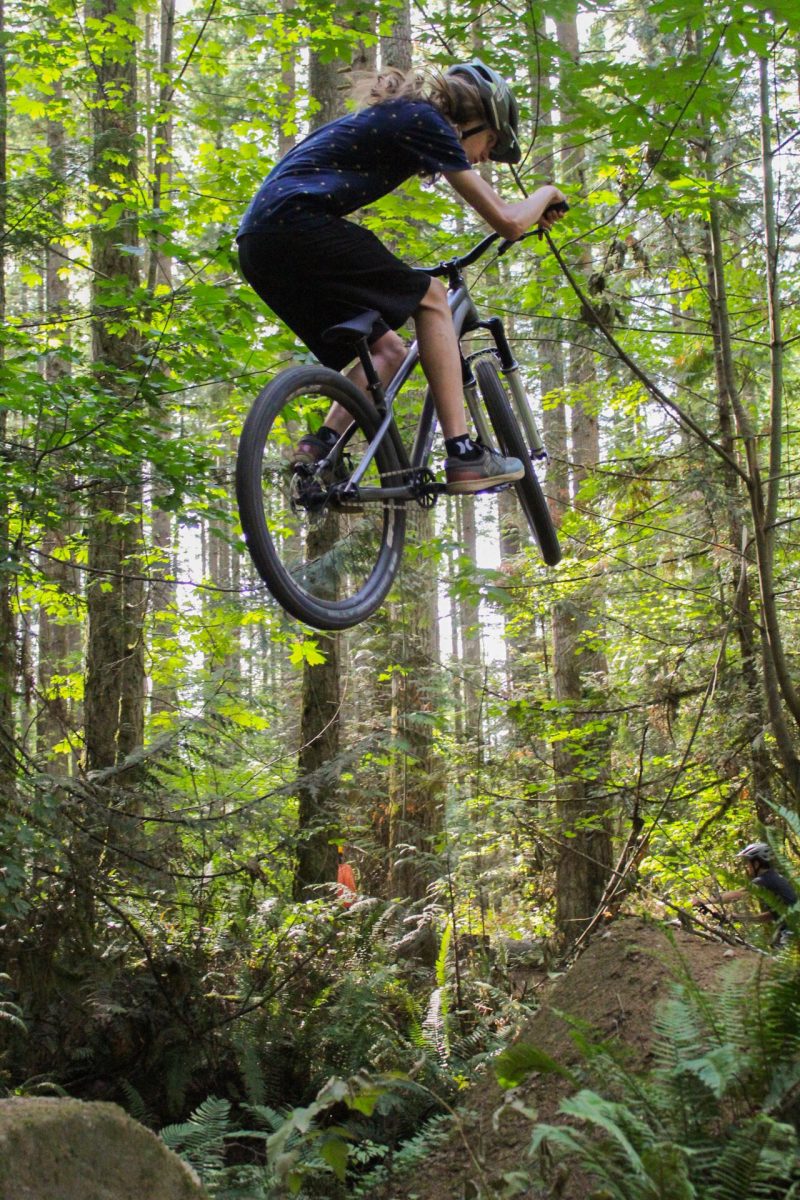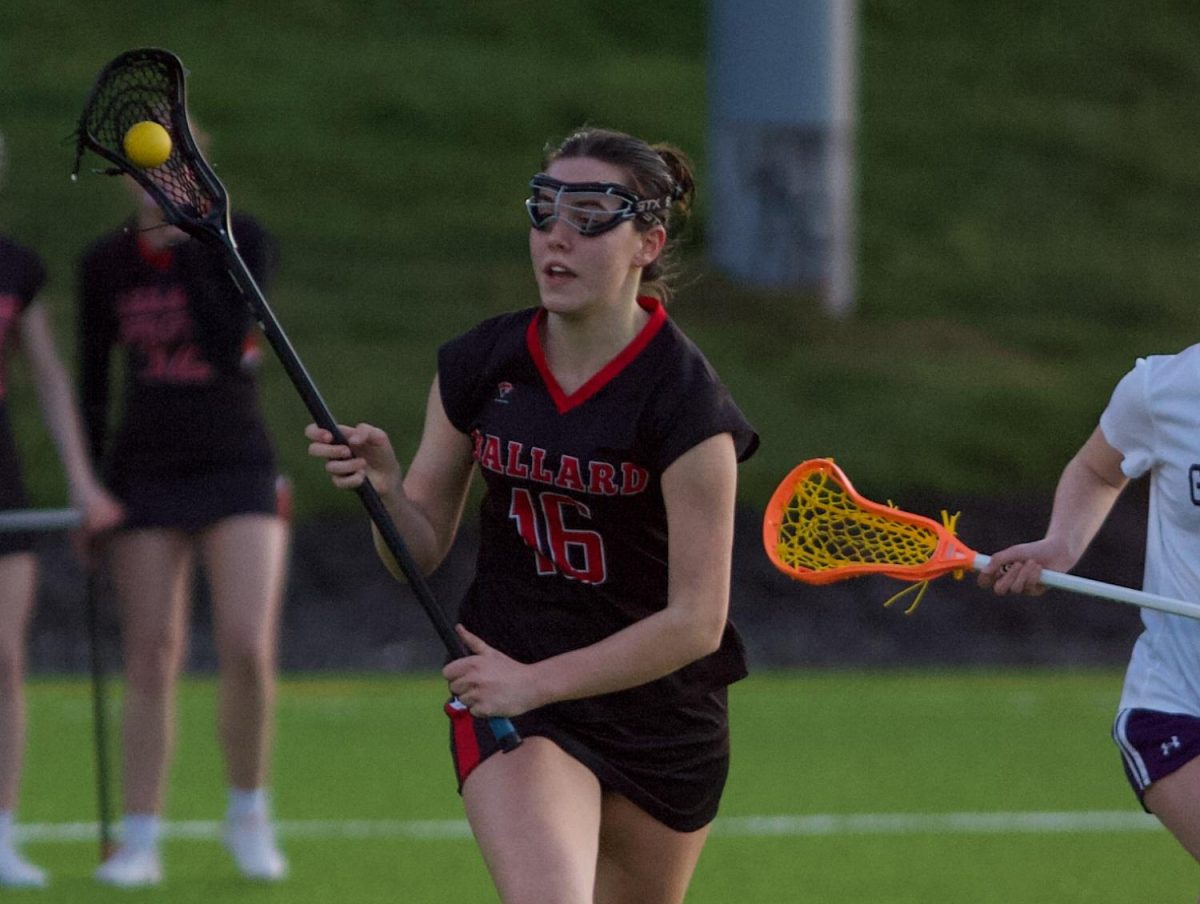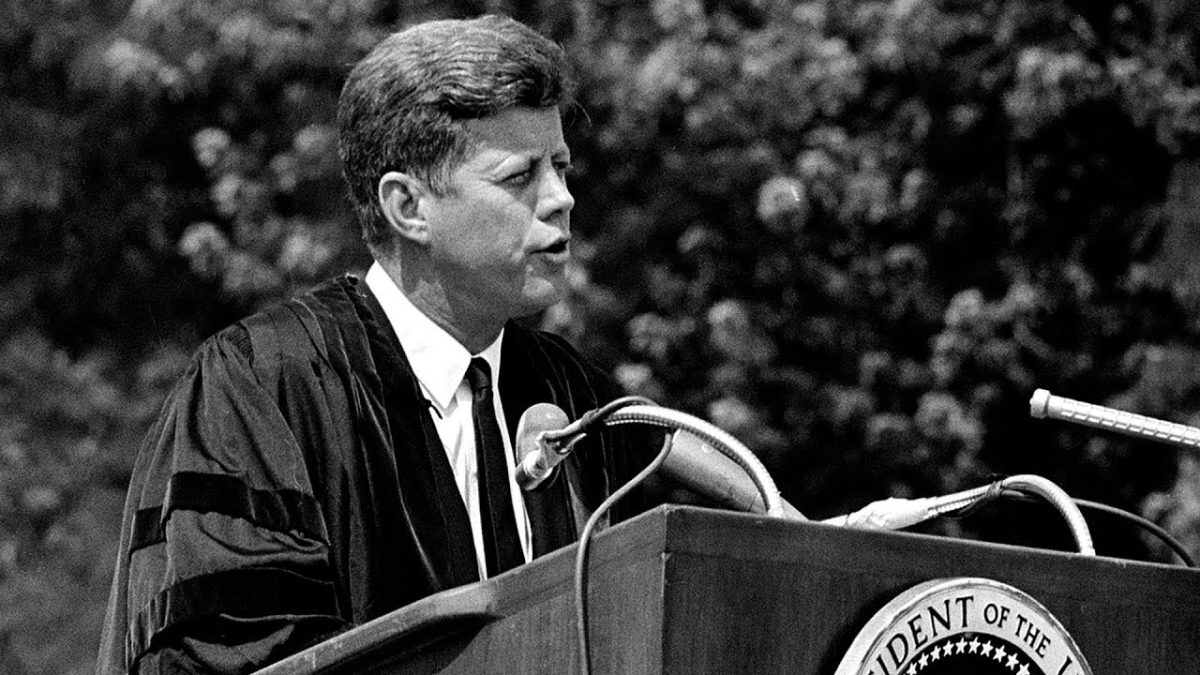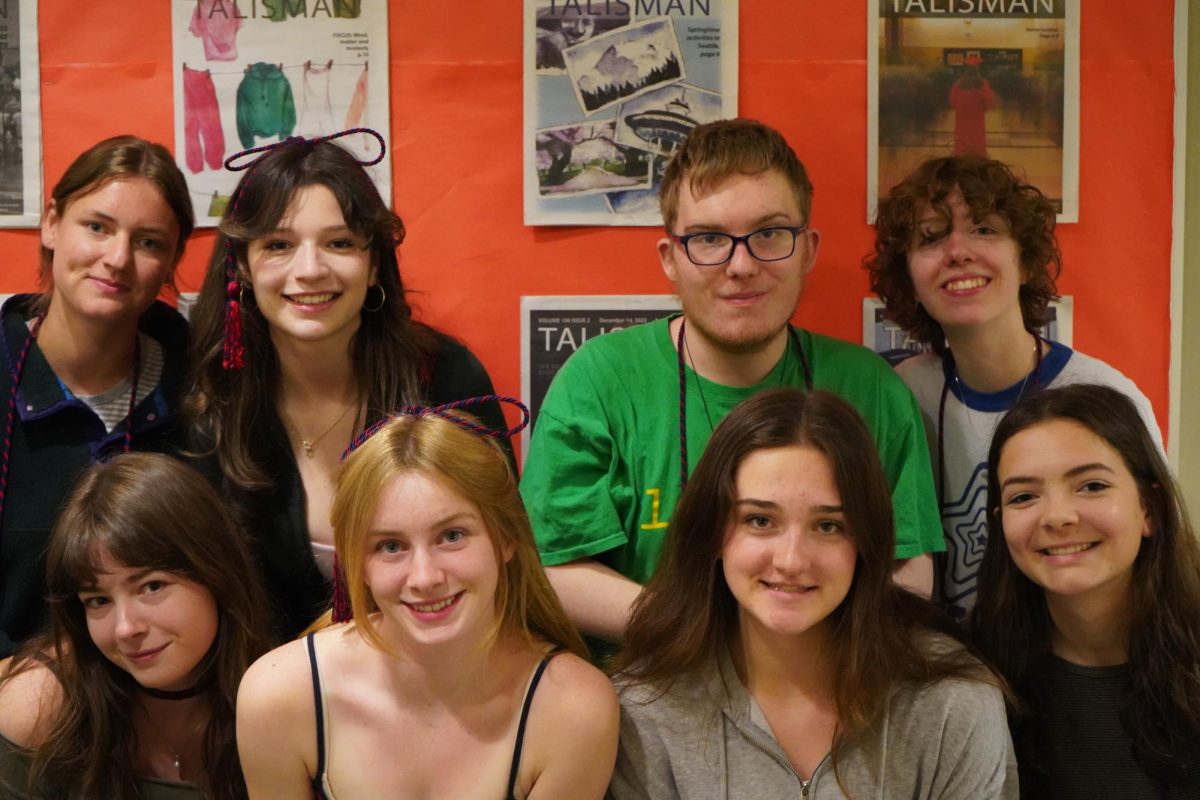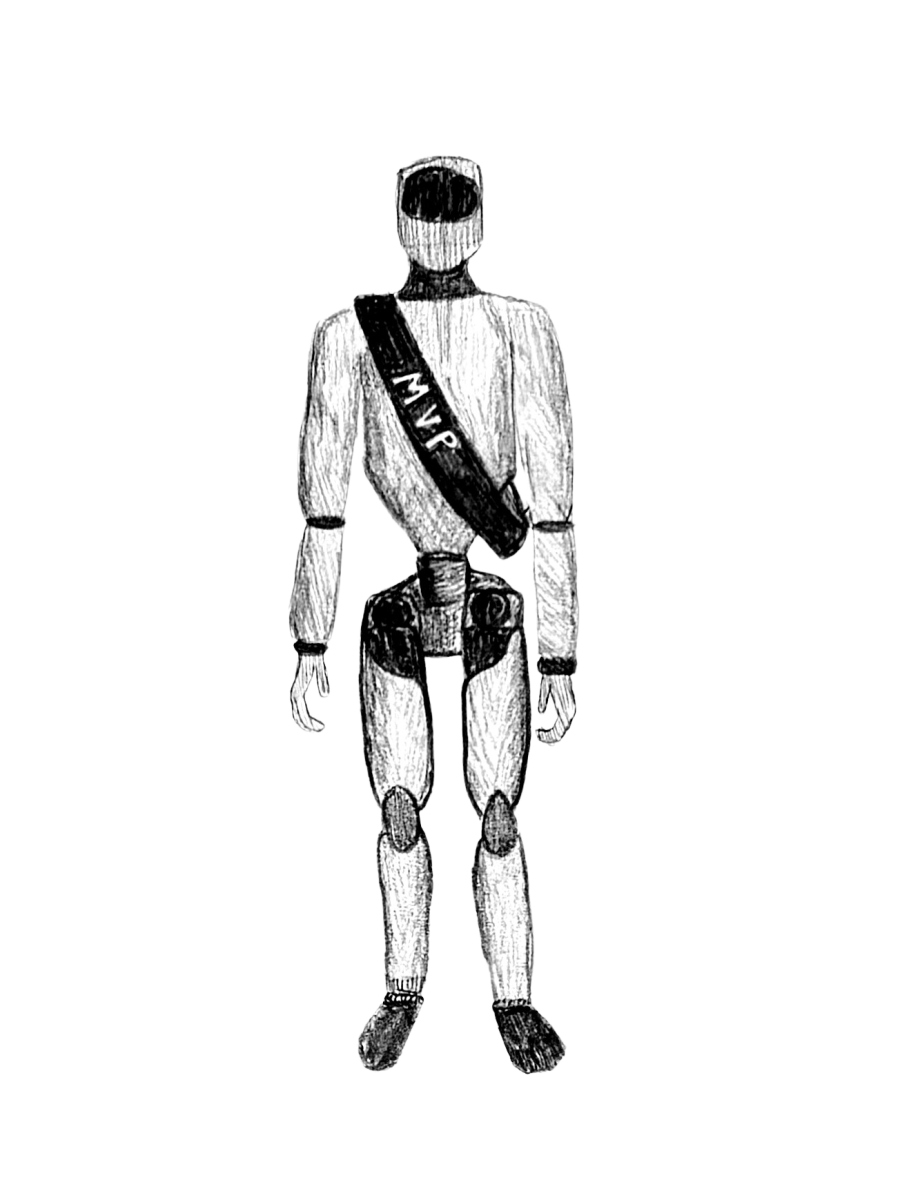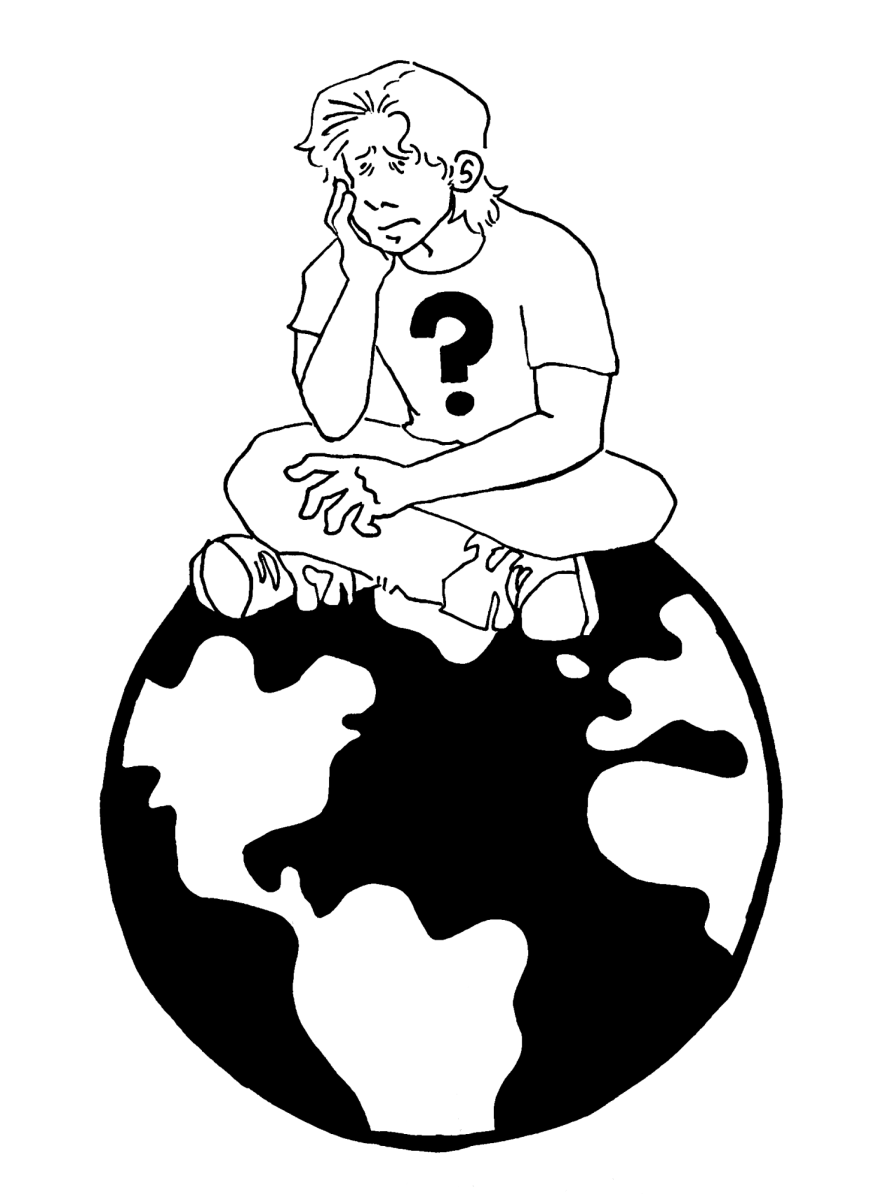How Native Americans are underrepresented in history textbooks
Anika Anderson, Staff Reporter
Originally published October 27, 2017
History has never treated the first peoples of the Americas well, and neither do history textbooks. Despite the many complex histories of thousands of groups native to America and the injustices they have faced, Native American culture and history continues to be generalized and skipped over, and this lack of representation can cause students to misconstrue the Native American role in history.
I was reminded of the importance of representation by a pretentious student who believed Columbus Day should be recognised. He informed me that despite the mass genocide of the Tainos and Arawaks and subsequent mistreatment of Caribbean and South American peoples, Columbus brought western civilization to the Americas and created a turning point in history.
This is often the problem with history books and history classes. There have been some improvements, but usually history is told by the victors. Although the history class version of Columbus has been corrected, the story of America is still told from the European perspective and the Native American perspective is left untold and forgotten.
However, the teaching of Native American history was much worse in the past. “It was one chapter on Washington tribes and I remember being appalled by that,” Pamela James, an Alaska native of the Tlingit tribe who works at the LaBaTeYah Youth Home, said. Native American history was swept under the rug and unrecognised when she attended high school. “There’s actually a book called “Lies My Teacher Told Me” by James W. Loewen and it really shed some light on how even in that respect there’s a lot of Washington tribes here and they still try to keep us invisible in a history book of all places,” James said.
The teaching of Native American history still isn’t as good as it could be. The AP United States History textbook “America’s History” by James A. Henretta explains how indigenous peoples were affected by European conquest in the first chapter. “I don’t think it’s a good portrayal of the Native Americans because it’s such a white settler perspective,” Multicultural Club member and AP U.S. History student Maryan Abdullahi said.
It probably seems pointless to insist that there be more representation of Native Americans in textbooks when there is almost no representation of Native Americans at school. History books aren’t meant to tell just the history of the majority of the population, they’re meant to tell the history of everyone, including minorities. Not to mention that Native Americans, despite their small numbers, continue to help our communities.
The LaBaTeYah Transitional Youth Home, located in Crown Hill, was founded by the Native American activist Bernie Whitebear in 1992. The Youth Home takes in youth ages 18-23 and helps them find employment and permanent housing and provides many other services as they uphold Native American values of community and respect. To glaze over their history in textbooks is not only unfair, but also disrespectful as Native Americans continue provide benefits to the community like youth homes.
Besides my frustrations with the lack of Native American representation in textbooks, I have a major dilemma with the term “Indian.” Indigenous peoples of the Americas were first called “Indians” by Columbus, who thought he had reached India. The name stuck, despite its incorrectness, as often happens when the people end up with the name given to them by their oppressors. “Native American” may be more correct but it leaves tribes generalized even though they have many diverse cultures. “Those terms ‘American Indian’ and ‘Native American’ are a sore spot for other natives I know. For me, I mean if someone referred to me as an ‘American Indian’ or ‘Native American’ I wouldn’t get too bent out of shape but I do have my preference of how I’m going to introduce myself, that’s how I like to identify, as an Alaska native,” James said. It can be tough to decide how to refer to someone if you don’t know their background, but it should be common courtesy, especially in a history textbook, to recognise a person’s cultural identity.
Despite the fact that only one percent of the school’s student population is of Native American descent, their history should be told fairly and justly because we are all Americans and as Americans we should be taught every history of America.

